QuickBooks® Import Real-Time Payments File Invoicing
The Best Solution for Import Real-Time Payments Request for Payment File into QBO QuickBooks®
Today Payments is an Authorized Developer of Intuit offering a highly robust app that supports both QuickBooks’ desktop and online customers, provide merchants with the tools they need so they can focus more time on their customers and businesses, and less time on data entry.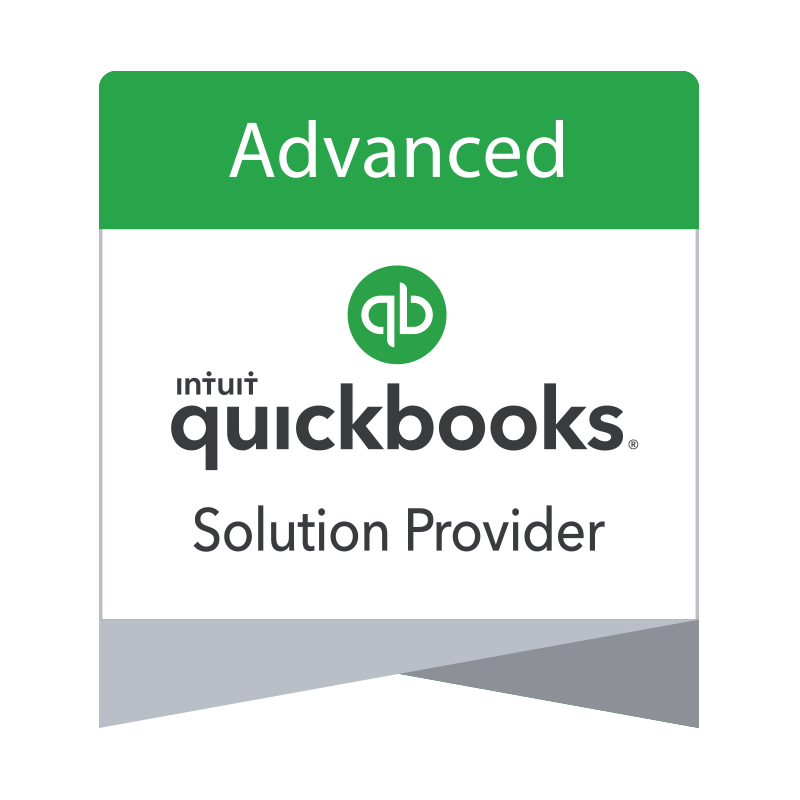
"Our Integrated payment solutions can save a typical small business owner more than 180 hours each year"
See
the features
QuickBooks® ACH, Cards, FedNow and Real-Time Payments
- Payment processing for all QuickBooks desktop, Pro, Premier, Enterprise and also QBO QuickBooks Online Our software is designed for simplicity and ease-of-use.
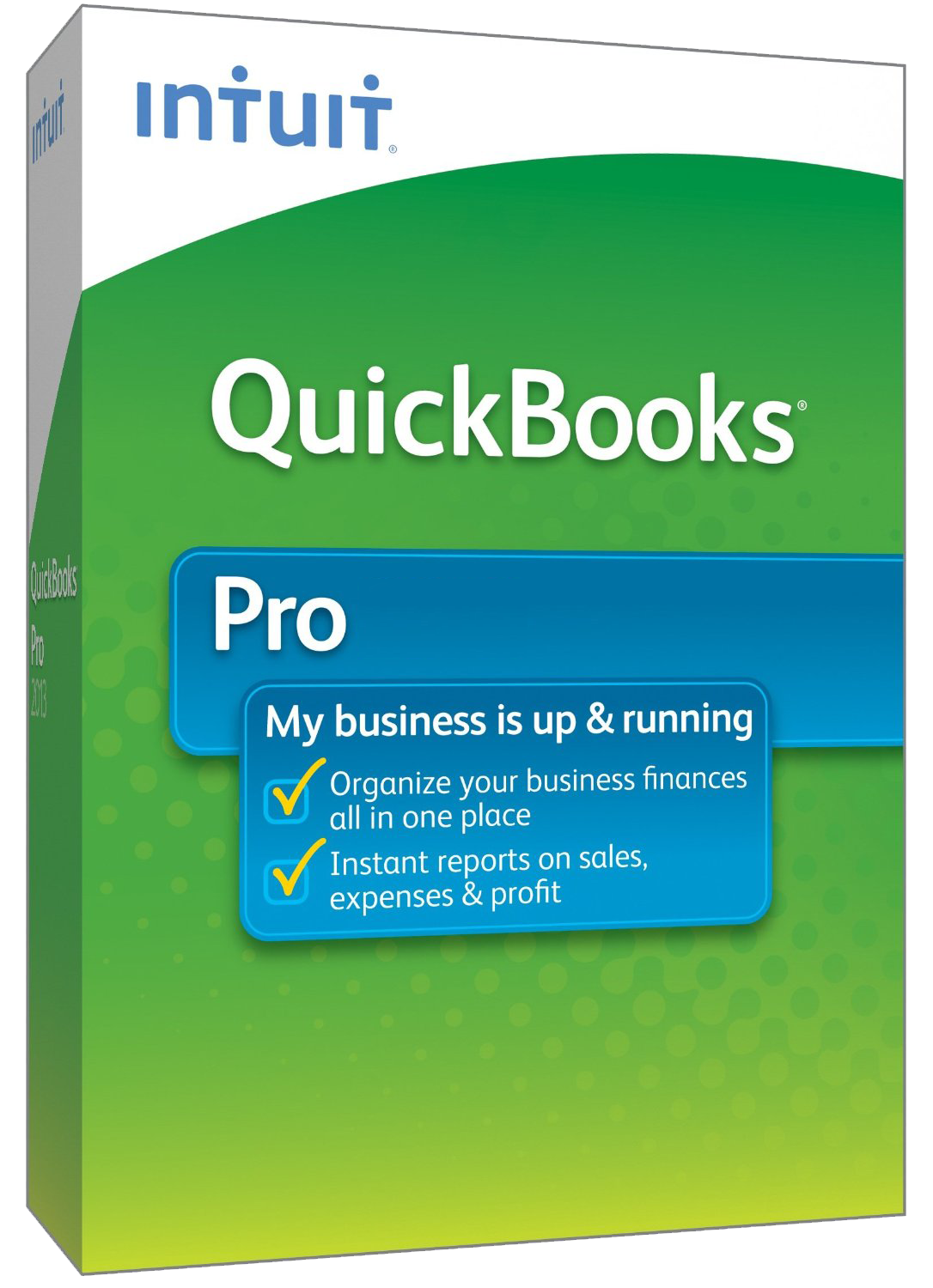
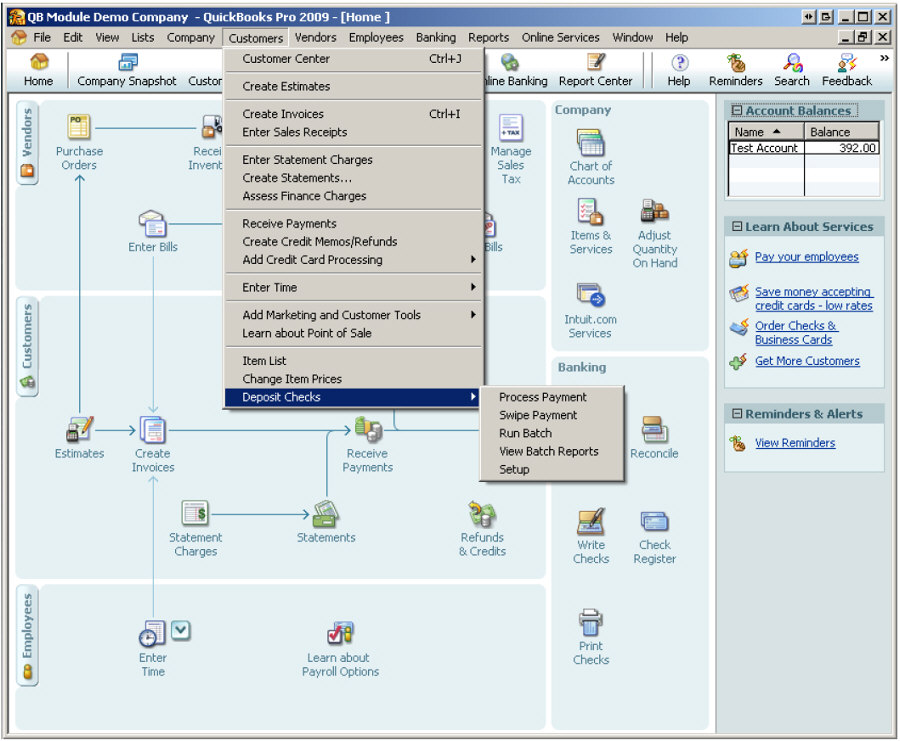
- ~ Automate Account Receivable Collection
- ~ Automate Account Payable Payments
- ~ One-time and Recurring Debits / Credits
Secure QB Plugin payment processing through QuickBooks ® specializes in the origination of moving money electronically.
Ask about our special:
Request for Payments
To import Real-Time Payments (RTP) from https://Real-TimePayments.com and a Request for Payment (RFP) file from https://RequestForPayment.com into your QuickBooks Online (QBO) or QuickBooks Desktop version using https://SecureQBPlugin.com, follow the steps below.
Step-by-Step Guide to Import Real-Time Payments Request for Payment File into QuickBooks Using SecureQBPlugin
1. Set Up SecureQBPlugin
- Visit SecureQBPlugin.com and create an account if you haven’t already.
- Install and configure the plugin for
QuickBooks. Ensure the plugin is correctly linked to your QuickBooks
Online (QBO) or QuickBooks Desktop version:
- Authenticate the plugin using your QuickBooks credentials or OAuth tokens to allow the plugin to communicate with your QuickBooks account.
2. Obtain the Real-Time Payments Request for Payment (RFP) File
The RFP file can come from platforms like https://Real-TimePayments.com or https://RequestForPayment.com. Ensure the file is in one of the following formats:
- ISO 20022 XML (widely used for financial transactions, including FedNow and RTP systems).
- CSV (commonly used for structured text data).
- JSON (used in API-based systems).
- Custom XML (non-ISO, but compatible XML).
This file will typically include:
- Payer Information (Debtor)
- Payee Information (Creditor)
- Amount
- Payment Reference (such as an invoice number)
- Transaction Date
- Due Date for payment (in RFP scenarios)
3. Log into QuickBooks
- Open your QuickBooks Online (QBO) or QuickBooks Desktop version.
- Make sure you have the necessary permissions to import files into QuickBooks, especially for transactions like Request for Payment and Real-Time Payments.
4. Open SecureQBPlugin
Once you’re logged into QuickBooks, launch the SecureQBPlugin either through your browser or desktop app (depending on the plugin version installed).
- Ensure that the plugin is properly linked to your QuickBooks account and ready for importing data.
5. Upload the Real-Time Payments Request for Payment (RFP) File via SecureQBPlugin
Follow these steps to upload and process the RFP file in SecureQBPlugin:
a. For ISO 20022 XML Format
- Select the ISO 20022 XML format in the SecureQBPlugin.
- Upload the ISO 20022 XML file from your local computer.
- The plugin will automatically parse the ISO 20022
XML format, mapping the relevant fields such as:
- Payer (Debtor) Information
- Payee (Creditor) Information
- Transaction Amount
- Reference (Invoice Number)
Example: ISO 20022 XML Request for Payment File (pain.013.001.07)
xml
<?xml version="1.0" encoding="UTF-8"?>
<Document xmlns="urn:iso:std:iso:20022:tech:xsd:pain.013.001.07">
<FIToFIPmtReq>
<GrpHdr>
<MsgId>RFP-123456789</MsgId>
<CreDtTm>2024-09-13T10:00:00</CreDtTm>
<NbOfTxs>1</NbOfTxs>
</GrpHdr>
<PmtReq>
<ReqdColltnDt>2024-09-14</ReqdColltnDt>
<PmtTpInf>
<SvcLvl>
<Cd>URGP</Cd> <!-- Urgent Payment -->
</SvcLvl>
</PmtTpInf>
<Dbtr>
<Nm>Jane Smith</Nm>
<PstlAdr>
<Ctry>US</Ctry>
</PstlAdr>
</Dbtr>
<DbtrAcct>
<Id>
<IBAN>US987654321098765432</IBAN>
</Id>
</DbtrAcct>
<Cdtr>
<Nm>Acme Corporation</Nm>
<PstlAdr>
<Ctry>US</Ctry>
</PstlAdr>
</Cdtr>
<CdtrAcct>
<Id>
<IBAN>US123456789012345678</IBAN>
</Id>
</CdtrAcct>
<Amt>
<InstdAmt Ccy="USD">1500.00</InstdAmt>
</Amt>
<RmtInf>
<Ustrd>Invoice Payment Request for Invoice-98765</Ustrd>
</RmtInf>
</PmtReq>
</FIToFIPmtReq>
</Document>
b. For CSV Format
- Select CSV as the file format in the SecureQBPlugin.
- Upload the CSV file, ensuring the file
includes required fields such as:
- Request ID
- Creditor (Payee) Information
- Debtor (Payer) Information
- Transaction Amount
- Payment Reference
- Transaction Date
- Map the CSV fields to the corresponding QuickBooks fields (such as mapping "Amount" to the Amount field in QuickBooks).
Example: CSV Request for Payment File
csv
RequestID,CreditorName,CreditorAccountNumber,DebtorName,DebtorAccountNumber,Amount,Currency,DueDate,Reference
RFP-12345,Acme Corporation,123456789,Jane Smith,987654321,1500.00,USD,2024-09-14,Invoice Payment Request for Invoice-98765
c. For JSON Format
- Select JSON as the file type if your RFP is in JSON format.
- Upload the JSON file via the plugin, ensuring the fields are properly structured.
- The plugin will parse the JSON data, mapping the fields (e.g., payer, payee, amount, transaction date) to the appropriate QuickBooks fields.
Example: JSON Request for Payment File
json
{
"RequestForPayment": {
"RequestID": "RFP-12345",
"Amount": {
"currency": "USD",
"value": "1500.00"
},
"Creditor": {
"Name": "Acme Corporation",
"AccountNumber": "123456789"
},
"Debtor": {
"Name": "Jane Smith",
"AccountNumber": "987654321"
},
"DueDate": "2024-09-14",
"Reference": "Invoice Payment Request for Invoice-98765"
}
}
d. For Custom XML (Non-ISO 20022)
- Select XML if the RFP file is in custom XML format.
- Upload the XML file, and map the fields to the corresponding QuickBooks fields.
6. Map Fields and Validate the Data
After uploading, SecureQBPlugin will guide you through the field mapping process:
- Ensure the Transaction Amount from the RFP file is mapped to the appropriate Amount field in QuickBooks.
- Map Payer (Debtor) details to the correct Customer or Vendor fields.
- Ensure that the Payment Reference is correctly assigned to match the invoice or transaction ID in QuickBooks.
- Review the data to ensure all fields are mapped correctly before proceeding.
7. Confirm and Complete the Import
Once all fields are mapped and validated:
- Confirm the import by clicking the final button in the plugin interface.
- The plugin will now upload the data from the RFP file into QuickBooks as a payment request.
These may be reflected in QuickBooks as:
- Sales Receipts
- Payment Requests
- Journal Entries, depending on the configuration in your QuickBooks setup.
8. Review Imported Data in QuickBooks
After the RFP file has been successfully imported:
- Navigate to the Transactions or Banking section in QuickBooks Online or Desktop.
- Review the imported Request for Payment data to ensure that it aligns with the invoices and payment records in QuickBooks.
9. Reconcile and Track the Payment Request
Once the Request for Payment is imported:
- Reconcile the imported payment request data with your invoices.
- Track the payment status (e.g., pending, completed, or failed) to ensure payments are processed correctly.
Conclusion
By using SecureQBPlugin, you can easily import Real-Time Payments (RTP) and Request for Payment (RFP) files from https://Real-TimePayments.com or https://RequestForPayment.com into QuickBooks Online (QBO) or QuickBooks Desktop. The plugin ensures smooth data transfer, accurate field mapping, and allows you to reconcile payment requests within QuickBooks efficiently.
Would you like more help with specific configurations or field mappings in QuickBooks? Let us know how we can assist!
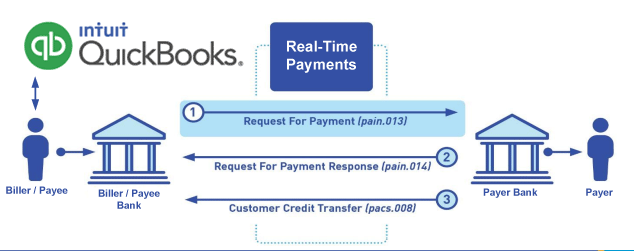
Call us, the .csv and or .xml Request for Payment (RfP) file you need while on your 1st phone call! We guarantee our reports work to your Bank and Credit Union. We were years ahead of competitors recognizing the benefits of RequestForPayment.com. We are not a Bank. Our function as a role as an "Accounting System" in Open Banking with Real-Time Payments to work with Billers to create the Request for Payment to upload the Biller's Bank online platform. U.S. Companies need help to learn the RfP message delivering their bank. Today Payments' ISO 20022 Payment Initiation (PAIN .013) show how to implement Create Real-Time Payments Request for Payment File up front delivering message from the Creditor (Payee) to it's bank. Most banks (FIs) will deliver the message Import and Batch files for their company depositors for both FedNow and Real-Time Payments (RtP). Once uploaded correctly, the Creditor's (Payee's) bank continuing through a "Payment Hub", will be the RtP Hub will be The Clearing House, with messaging to the Debtor's (Payer's) bank.
Our in-house QuickBooks payments experts are standing ready to help you make an informed decision to move your company's payment processing forward.
Pricing with our Request For Payment Professionals
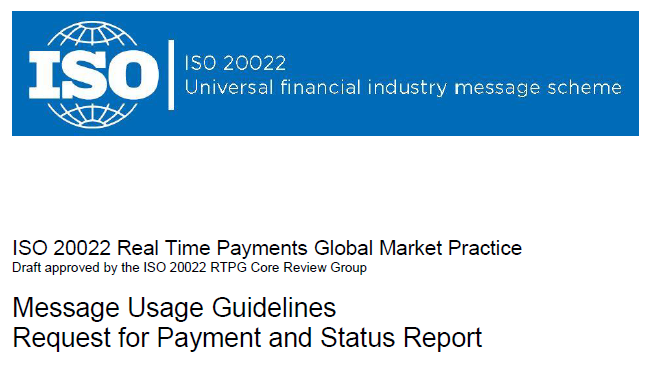
1) Free ISO 20022 Request for Payment File Formats, for FedNow and Real-Time Payments (The Clearing House) .pdf for you manually create "Mandatory" (Mandatory data for completed file) fields, start at page 4, with "yellow" highlighting. $0.0 + No Support
2) We create .csv or .xml formatting using your Bank or Credit Union. Create Multiple Templates. Payer/Customer Routing Transit and Deposit Account Number may be required to import with your bank. You can upload or "key data" into our software for File Creation of "Mandatory" general file.
Fees = $57 monthly, including Support Fees and Batch Fee, Monthly Fee, User Fee, Additional Payment Method on "Hosted Payment Page" (Request for file with an HTML link per transaction to "Hosted Payment Page" with ancillary payment methods of FedNow, RTP, ACH, Cards and many more!) + $.03 per Transaction + 1% percentage on gross dollar file,
3) Payer Routing Transit and Deposit Account Number is NOT required to import with your bank. We add your URI for each separate Payer transaction.
Fees Above 2) plus $29 monthly additional QuickBooks Online "QBO" formatting, and "Hosted Payment Page" and WYSIWYG
4) Above 3) plus Create "Total" (over 600 Mandatory, Conditional & Optional fields of all ISO 20022 Pain .013) Price on quote.
